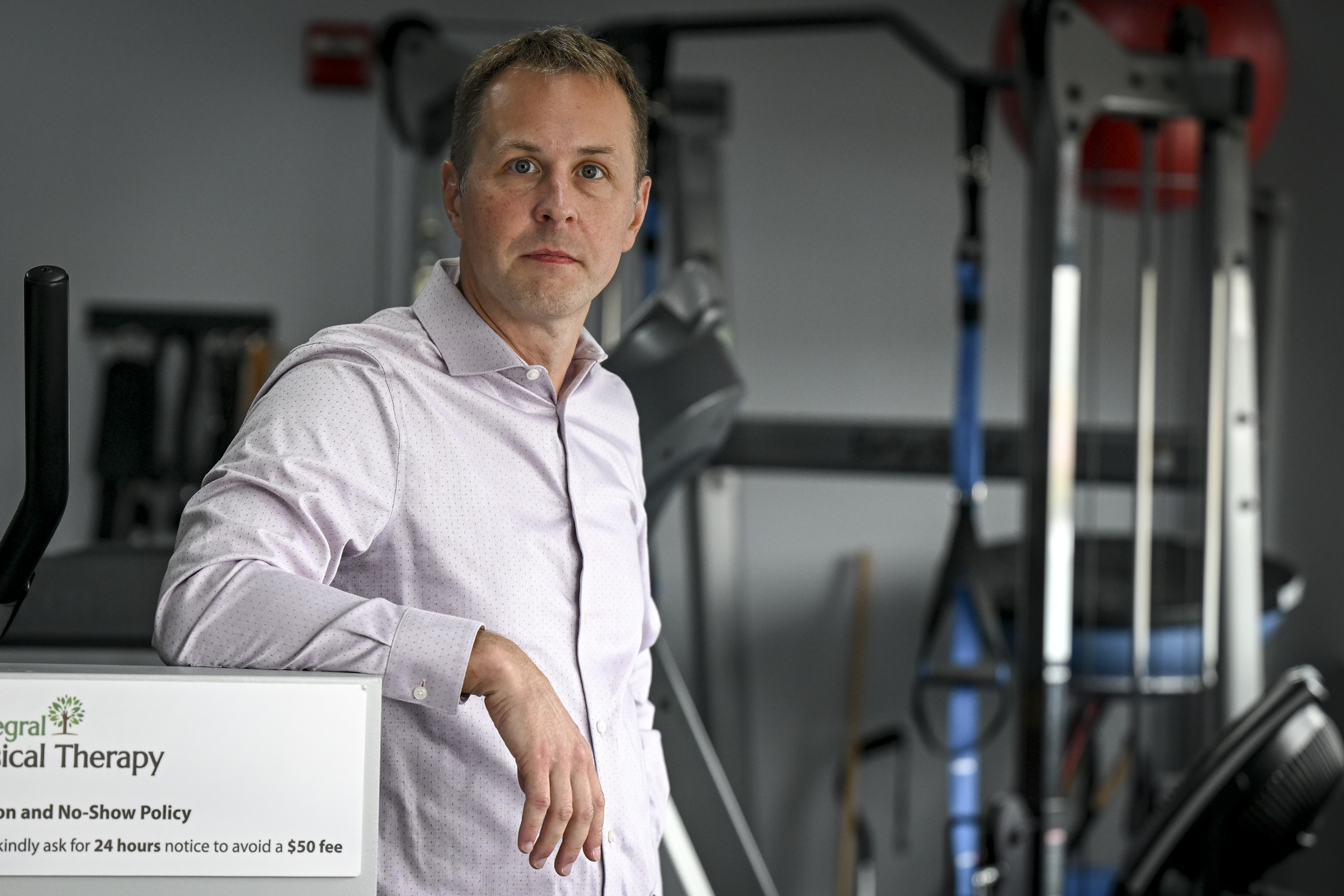Demand for capital hit a four-year high for small businesses (<$5M in revenue) according to the fourth quarter results of the Private Capital Access (PCA) Index report by Dun & Bradstreet and Pepperdine Graziadio School of Business and Management.
Demand for capital jumped four percent from last quarter and 13 percent from a year ago (Q4 2015). However, access to capital for small businesses has not kept pace with the growth of demand: year-over-year access is up nearly seven percent, while down by less than one percent since last quarter.
At the same time, bank loan success rates reached an all time low for small businesses and the success rate between small and mid-sized businesses (between $5 – 10M in revenue) reached its largest gap since the study began in 2012. The Q4 results show that 29 percent of small businesses successfully secured a bank loan, compared to 87 percent of mid-sized businesses. The peak success rate for bank loans was 43 percent of small businesses compared to 76 percent of mid-sized businesses in Q4 2014. The low success rates for small businesses may reflect bank skittishness over businesses with fewer collateral assets. This could account for why a large percent of small businesses were seeking loans from friends and family (46 percent) and crowdfunding (23 percent) in the last quarter.
Both small (24 percent, up from 20 percent one year ago) and mid-sized businesses (37 percent, up from 28 percent one year ago) reported economic uncertainty as the lead reason preventing hiring. Businesses also reported that a Federal interest rate hike could negatively impact their operations, with 31 percent (up from 29 percent in 2015) of mid-sized businesses reporting a Federal interest rate hike could restrict their ability to secure contracts and expand to new markets.
Despite the reported lack of economic confidence, more small and mid-sized businesses are planning to seek financing than a year ago. Thirty-five percent of small businesses and 27 percent of mid-sized businesses are planning to raise capital in the next six months. Sixty-five percent of small businesses cited growth or expansion (up from 60 percent in 2015) as the reason for seeking capital, versus 56 percent of mid-sized businesses (up from 46 percent in 2015). Working capital fluctuations (62 percent small; 57 percent mid-sized) and increased demand (62 percent small; 46 percent mid-sized) rounded out the top three reasons for raising capital.
“This survey was conducted before the election. The economic uncertainty that comes with an election season is the driver behind small business’ lackluster expectations going into the new year,” said Dr. Craig R. Everett, director of the Pepperdine Private Capital Markets Project. “This quarter’s numbers, however, tell us that regardless of the unknown, small business owners plan to seek capital to fuel growth within the next few months, and that demand for capital has hit a peak since 2012. This may indicate growth in the small business sector in 2017.”
Women-Owned Businesses Report Restricted Growth
Compared to the whole sample, women-owned businesses report that the current business environment is restricting their ability to grow (69 percent vs. whole sample 57 percent) and hire new employees (62 percent vs. whole sample 49 percent). Women-owned businesses perceive that it is more difficult to raise capital and both equity financing (71 percent vs. 62 percent whole sample) and debt financing (76 percent vs. 61 percent whole sample). The Q4 results show that women-owned businesses are in fact even less successful at securing bank loans than other businesses, with a 26 percent success rate compared to 37 percent for all businesses.
“Women-owned businesses employ nearly eight million people in the U.S. and are a vital part of the national economy,” said Jeff Stibel, Vice Chairman of Dun & Bradstreet. “It will be critical for our economy to overcome the roadblocks that are preventing women-owned businesses from growing, including the continued challenge in securing access to capital.”
Women-owned businesses are seeking to raise capital in the next six months at a higher rate than the whole sample, with 40 percent reporting that they plan to raise capital, compared to 34 percent whole sample. The leading reasons for the needed capital reported by women-owned businesses include financing future growth or expansion (74 percent) and growth due to expected increase in demand (70 percent). Sixty-nine percent of women-owned businesses cite working capital fluctuations as a reason for demand in financing compared to 60 percent of whole business sample.
The PCA Index is a quarterly indicator produced by the Graziadio School of Business and Management at Pepperdine University with the support of Dun & Bradstreet. The Q4 2016 survey is based on 1,593 completed responses collected October 13 – October 31, 2016.
Download the latest index data here and follow us on Twitter at @GraziadioSchool, @DnBb2b, and @AccesstoCapital.
About Dun & Bradstreet
Dun & Bradstreet (NYSE: DNB) grows the most valuable relationships in business. By uncovering truth and meaning from data, we connect our customers with the prospects, suppliers, clients and partners that matter most, and have since 1841. Nearly ninety percent of the Fortune 500, and companies of every size around the world, rely on our data, insights and analytics. For more about Dun & Bradstreet, visit DNB.com. Twitter: @DnBUS
About the Pepperdine Graziadio School for Business and Management
A leader in cultivating entrepreneurship and digital innovation, the Pepperdine Graziadio School of Business and Management focuses on the real-world application of MBA-level business concepts. The Graziadio School provides student-focused, globally-oriented education through part-time, full-time, and executive MBA programs at our five Southern California locations and Silicon Valley and Santa Barbara campuses, as well as through online and hybrid formats. In addition, the Graziadio School offers a variety of master of science programs, a bachelor of science in management degree-completion program, and the Presidents and Key Executives MBA, as well as executive education certificate programs. Follow the Graziadio School on Facebook, Twitter at @GraziadioSchool, Instagram, and LinkedIn.
Contacts:
Pepperdine Graziadio School of Business and Management
Lisa Perry, (310) 568-2314
lisa.perry@pepperdine.edu
Dun & Bradstreet
Lauren Simpson, (310) 919-2230
simpsonl@dnb.com
To view the original version on PR Newswire, visit:http://www.prnewswire.com/news-releases/small-business-demand-for-capital-has-hit-a-four-year-high-despite-cautious-optimism-for-2017-300377516.html
SOURCE Dun & Bradstreet
Related Photos: Photo,
Thanks for reading CPA Practice Advisor!
Subscribe Already registered? Log In
Need more information? Read the FAQs




